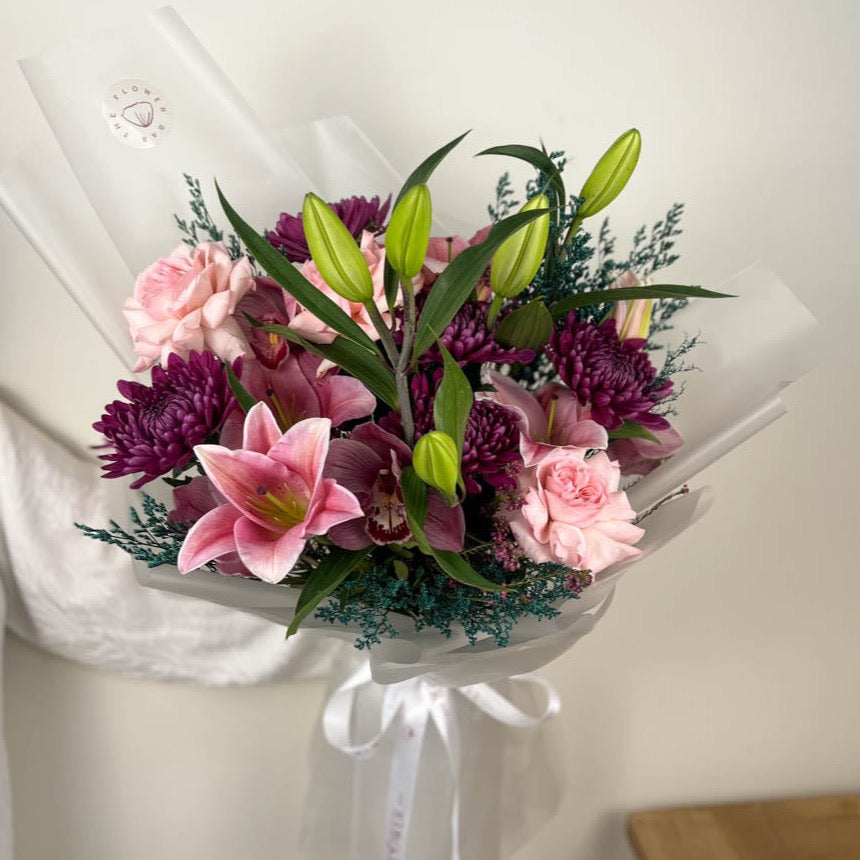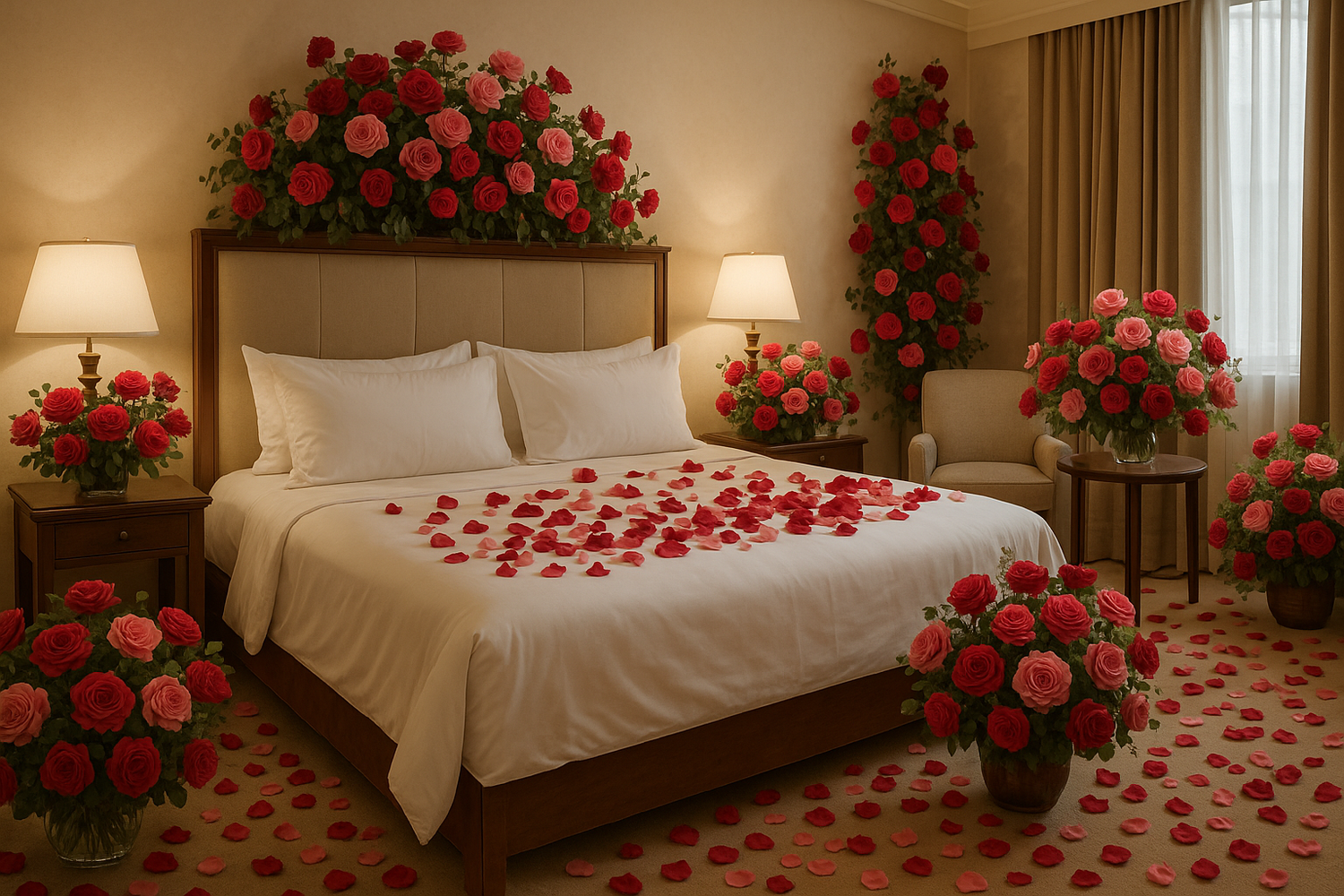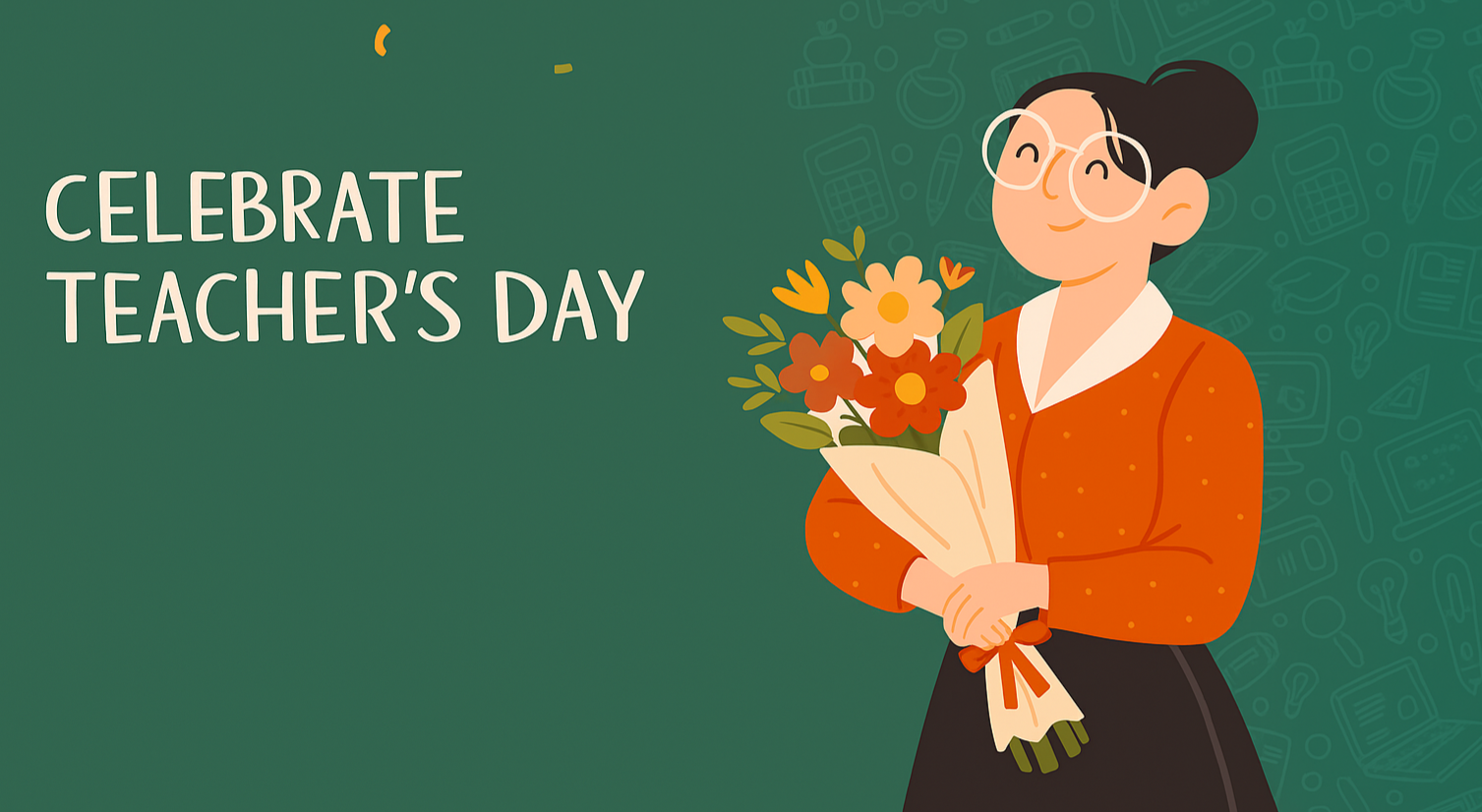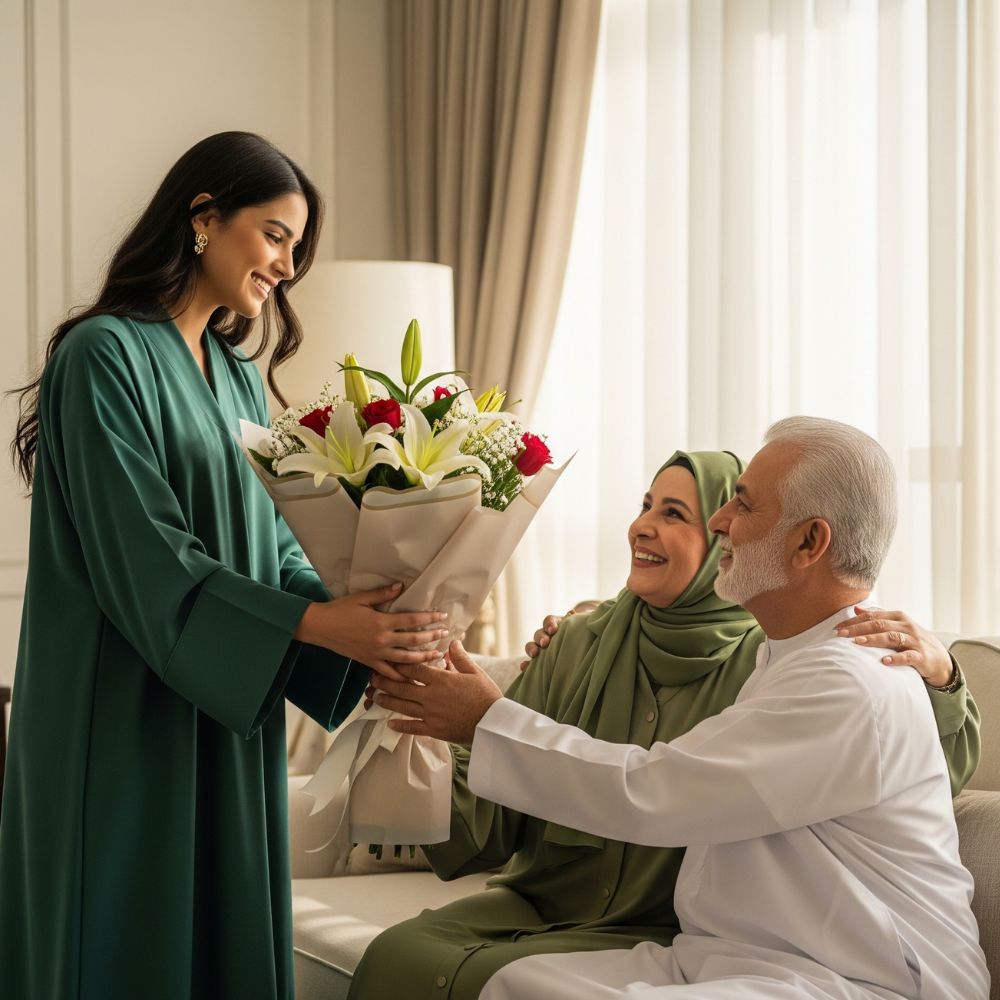Hotel rooms are more than just spaces to sleep—they are stages where travellers’ experiences unfold. A well-designed room sets the mood for comfort, romance, or celebration. Among all decorative elements, flowers hold a timeless role in elevating hospitality. Fresh blooms do not just beautify; they breathe life, fragrance, and emotion into a room. Decorating hotel rooms with flowers is both an art and a craft, where colours, textures, and scents come together to create memorable experiences for guests.
First Impressions Matter
The moment a guest opens the door, the room makes its introduction. A carefully placed flower arrangement on a console table or nightstand transforms the first impression from ordinary to extraordinary. Orchids in a tall vase exude sophistication; roses in a glass bowl radiate romance; a minimal sprig of lavender on the pillow speaks of serenity. Unlike static décor, flowers instantly suggest freshness, care, and thoughtfulness—qualities every guest values.
Setting the Mood with Colour
Colour psychology plays a vital role in hotel room decoration with flowers. Bright yellows and oranges infuse energy, perfect for business travellers who need a spark of vitality. Romantic couples gravitate towards reds, pinks, and deep purples—symbols of passion and intimacy. Calming whites, creams, and greens suit wellness resorts, where tranquillity is the priority. By aligning floral choices with the mood the hotel wants to convey, rooms become extensions of brand identity and guest experience.
For example, a honeymoon suite might be sprinkled with red rose petals across the bed and bathroom, while a family-friendly hotel may prefer cheerful sunflowers or gerberas that radiate joy. Each flower colour becomes a silent message, shaping the guest’s perception.
Seasonal and Local Touches
Guests increasingly appreciate authenticity and locality in their stays. Using seasonal flowers, preferably sourced from nearby markets, adds a genuine touch. In spring, tulips and daffodils can brighten the space. Summer calls for bold tropicals like hibiscus and birds of paradise. Autumn arrangements might lean into warm-toned chrysanthemums and marigolds, while winter offers elegance with amaryllis, white lilies, and poinsettias.
Hotels in cultural regions can also showcase native blooms to connect guests with the destination. For instance, frangipani in Southeast Asia or Arabian jasmine in the Middle East not only decorate but narrate a cultural story.
Floral Accents Beyond Vases
While vases remain classic, creativity expands the canvas. Petals scattered on crisp white linens create intimacy. Small posies tied to towels offer a boutique feel. A single stem placed across a breakfast tray shows attention to detail. In luxury hotels, orchids can be frozen into ice cubes for champagne buckets, or garlands may adorn headboards. These subtle touches become photo-worthy moments for guests, blending hospitality with artistry.
Hotels catering to long-stay guests can also incorporate potted plants such as peace lilies, orchids, or succulents. These last longer than cut flowers and give the room a lived-in, homely appeal.
Scent: The Invisible Decorator
A flower’s fragrance is as powerful as its beauty. Jasmine, rose, and lavender not only decorate the eye but soothe the senses. A faint floral aroma can calm jet-lagged travellers, uplift moods, and even encourage deeper sleep. Hotels, however, must strike a balance: strong scents can overwhelm sensitive guests. Carefully curated arrangements ensure freshness without excess perfume, harmonising with the room’s ventilation and overall ambience.
Personalisation and Special Occasions
Nothing makes a guest feel more valued than personalised touches. For anniversaries, birthdays, or honeymoons, customised floral decorations elevate the stay. Heart-shaped petal designs on beds, floral arches inside suites, or name initials crafted with blooms are details that guests cherish and remember. Many hotels offer pre-booked “flower decoration packages” where guests can choose the type, colour, and scale of arrangements, allowing for a tailored experience.
The Balance of Luxury and Sustainability
Modern travellers increasingly value sustainability. While exotic flowers flown in from abroad showcase luxury, local and seasonal blooms reduce carbon footprints. Dried arrangements and preserved flowers are also gaining traction for their eco-friendly longevity. Hotels must balance extravagance with responsibility, showing guests they can enjoy beauty without compromising the planet.
Staff Training: The Invisible Hand
Behind every stunning arrangement is the skill of florists or trained housekeeping staff. Hotels that invest in staff training ensure that flowers are not just placed, but curated with intent. Stem lengths, water levels, vase hygiene, and replacement schedules all matter. Guests may not notice the technicalities, but they always notice when flowers are wilted or mismatched. Consistency is the quiet key to excellence.
Conclusion: Flowers as Silent Hosts
Flowers in hotel rooms are more than decorations—they are silent hosts, greeting guests with colour, fragrance, and personality. They elevate everyday stays into memorable experiences, turning rooms into sanctuaries of beauty and warmth. From the subtle elegance of a single orchid to the dramatic gesture of a bed of petals, floral decoration embodies care, culture, and creativity.
In a world where travellers seek both luxury and authenticity, flowers remain timeless ambassadors of hospitality. They whisper a message no words can match: you are welcome, you are valued, you are home.




